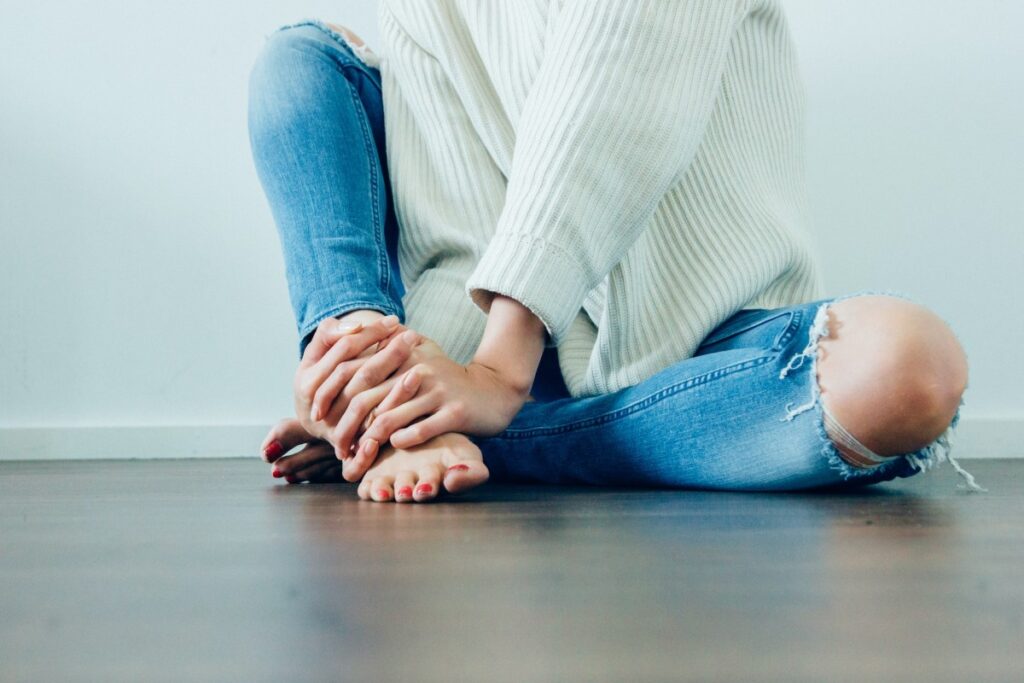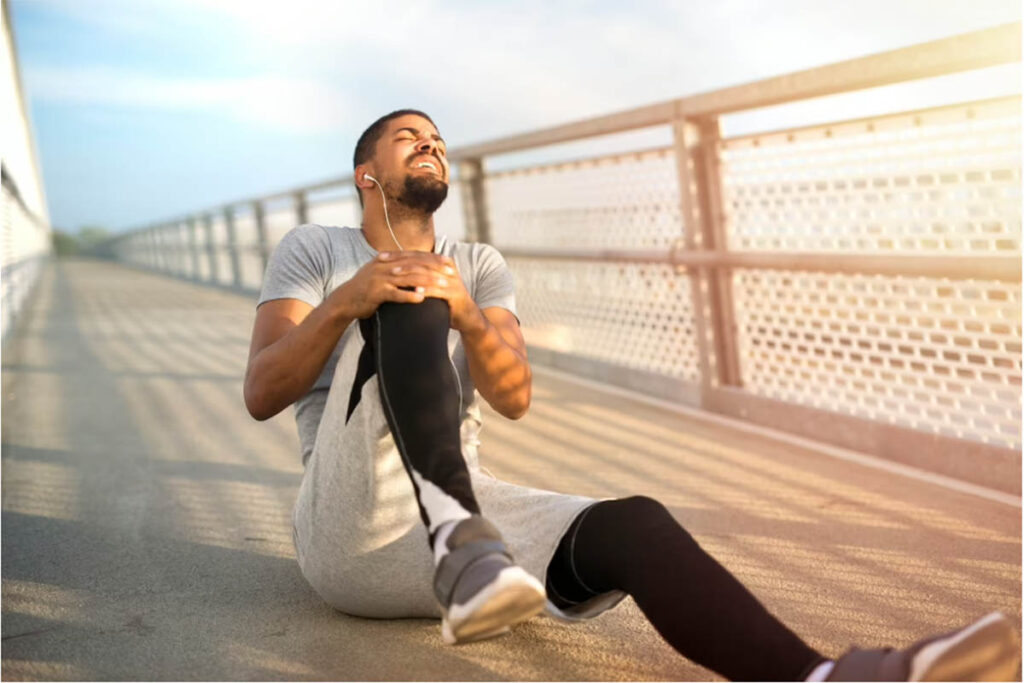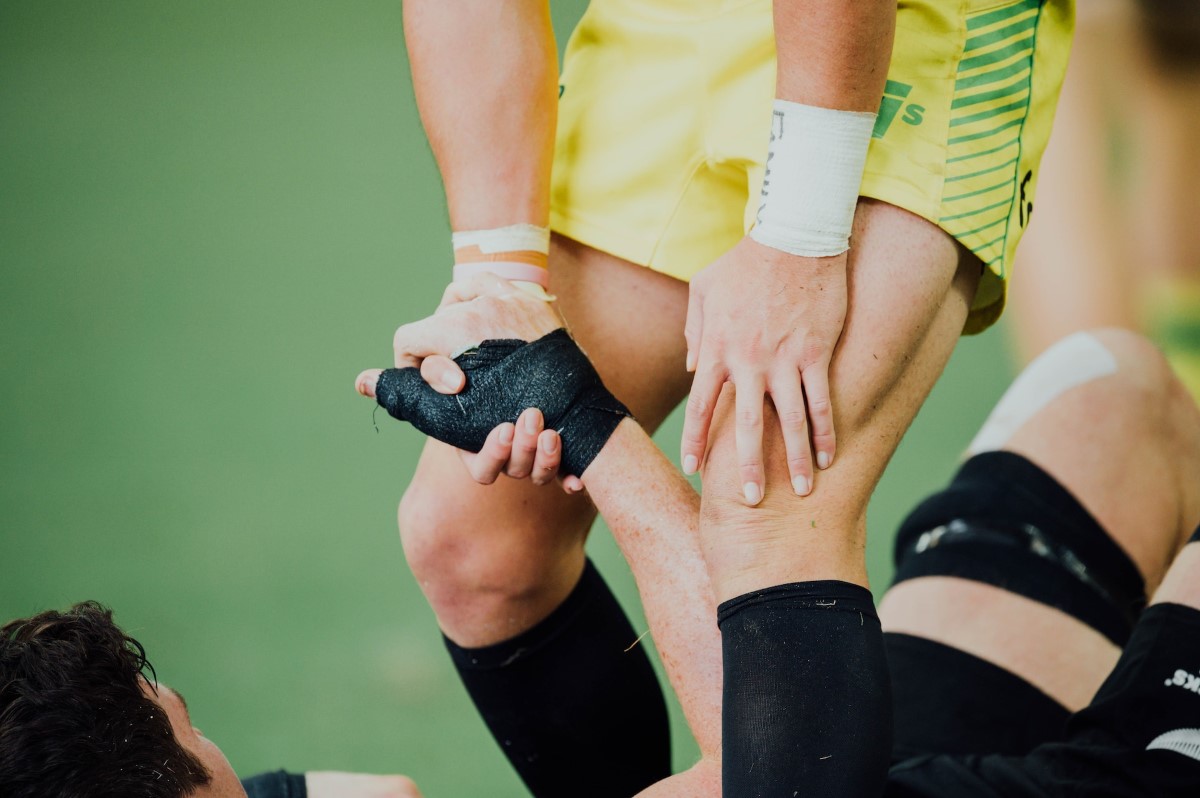Knee and leg pain are common complaints that affect people of all ages and lifestyles. Whether you’re an athlete dealing with an overuse injury, an office worker with discomfort from prolonged sitting, or a senior experiencing age-related joint changes, understanding the causes and management of knee and leg pain is essential for maintaining mobility and quality of life. In this comprehensive article, we will explore the various causes of knee and leg pain, diagnostic approaches, treatment options, and preventive measures to help you effectively manage and alleviate these issues.
Table of Contents
- Introduction
- Anatomy of the Knee and Leg
- Common Causes of Knee and Leg Pain
- a. Muscular Causes
- b. Joint-Related Causes
- c. Nerve-Related Causes
- d. Vascular Causes
- Diagnosing Knee and Leg Pain
- a. Medical History and Physical Examination
- b. Imaging Studies
- c. Laboratory Tests
- d. Specialized Tests
- Treatment Options for Knee and Leg Pain
- a. Conservative Approaches
- b. Medications
- c. Physical Therapy
- d. Injections
- e. Surgical Interventions
- Preventing Knee and Leg Pain
- a. Exercise and Strength Training
- b. Proper Body Mechanics
- c. Weight Management
- d. Footwear and Orthotics
- e. Warm-up and Stretching
- f. Injury Prevention
- Living with Knee and Leg Pain
- a. Coping Strategies
- b. Assistive Devices
- c. Emotional Well-being
- Conclusion
1. Introduction
Knee and leg pain can significantly impact your daily life, limiting your ability to move, work, and enjoy activities. These issues are not limited to a specific age group or demographic; they can affect anyone. This comprehensive guide aims to provide you with a thorough understanding of knee and leg pain, its causes, diagnostic methods, treatment options, and strategies for prevention.
2. Anatomy of the Knee and Leg

To understand knee and leg pain, it’s essential to grasp the basic anatomy of these structures:
- Knee Joint: The knee joint is the largest joint in the body and consists of the femur (thigh bone), tibia (shin bone), and patella (knee cap). It’s a hinge joint that allows flexion and extension of the leg.
- Muscles and Tendons: Various muscles and tendons surround the knee joint, providing stability and facilitating movement. These include the quadriceps, hamstrings, and calf muscles.
- Ligaments: Ligaments are strong, fibrous bands that connect bones to bones. The knee has several ligaments, including the anterior cruciate ligament (ACL) and the medial collateral ligament (MCL).
- Cartilage: Cartilage is a smooth, protective tissue that covers the ends of bones in the joint. The knee has both articular cartilage and meniscal cartilage.
- Blood Vessels and Nerves: Blood vessels supply nutrients and oxygen to the knee joint, while nerves transmit signals for movement and sensation.
3. Common Causes of Knee and Leg Pain
Knee and leg pain can arise from various sources, including:
a. Muscular Causes
- Muscle Strains: Overstretching or tearing of muscles can cause acute pain. This often happens during physical activities or sports.
- Muscle Imbalances: Weakness or imbalances in the muscles around the knee can lead to misalignment and pain.
- Tendinitis: Inflammation of tendons, such as patellar tendinitis (jumper’s knee), can cause pain around the knee.
b. Joint-Related Causes
- Osteoarthritis: The gradual degeneration of cartilage in the knee joint can result in pain, stiffness, and decreased mobility.
- Rheumatoid Arthritis: An autoimmune condition that can affect the knee joint, leading to inflammation and pain.
- Meniscus Tears: Injuries to the meniscus, the cartilage that cushions the knee joint, can cause pain, swelling, and locking of the knee.
c. Nerve-Related Causes
- Sciatica: Compression or irritation of the sciatic nerve can result in radiating pain down the leg, often originating from the lower back.
- Peripheral Neuropathy: Conditions like diabetes can lead to nerve damage, causing pain, tingling, or numbness in the legs.
d. Vascular Causes
- Deep Vein Thrombosis (DVT): Blood clots in the deep veins of the leg can cause severe pain and swelling.
- Peripheral Artery Disease (PAD): Reduced blood flow to the legs due to narrowed arteries can lead to leg pain, especially during physical activity.
4. Diagnosing Knee and Leg Pain
Proper diagnosis is crucial for effective treatment. Healthcare providers use various methods to diagnose the underlying cause of knee and leg pain:
a. Medical History and Physical Examination
Your healthcare provider will start by taking a detailed medical history and conducting a physical examination to assess your symptoms, range of motion, and joint stability.
b. Imaging Studies
Imaging tests such as X-rays, MRI scans, and CT scans can provide detailed images of the knee joint, helping to identify structural abnormalities, fractures, or degenerative changes.
c. Laboratory Tests
Blood tests may be performed to check for markers of inflammation, infection, or underlying medical conditions like arthritis or diabetes.
d. Specialized Tests
In some cases, specialized tests such as arthroscopy (a minimally invasive procedure using a small camera) or nerve conduction studies may be required to assess specific issues.
5. Treatment Options for Knee and Leg Pain

The treatment approach for knee and leg pain depends on the underlying cause and severity of the condition. Here are some common treatment options:
a. Conservative Approaches
- Rest and Activity Modification: Resting the affected leg and avoiding activities that worsen pain can facilitate healing.
- Physical Therapy: Physical therapists can develop customized exercise programs to strengthen muscles, improve flexibility, and correct movement patterns.
- Bracing: Using knee braces or supports can provide stability and alleviate pain.
b. Medications
- Pain Relievers: Over-the-counter pain relievers like acetaminophen or nonsteroidal anti-inflammatory drugs (NSAIDs) can help manage pain and reduce inflammation.
- Prescription Medications: Stronger pain medications or disease-modifying drugs may be prescribed for certain conditions like arthritis.
c. Physical Therapy
Physical therapy is a cornerstone of knee and leg pain management. Therapists can employ various techniques, including:
- Strengthening Exercises: Targeting specific muscle groups to improve joint stability.
- Manual Therapy: Hands-on techniques to improve joint mobility and reduce pain.
- Modalities: Such as heat, ice, or ultrasound to alleviate pain and inflammation.
d. Injections
- Corticosteroid Injections: These can provide temporary relief from pain and inflammation, often used for conditions like arthritis.
- Hyaluronic Acid Injections: Used for knee osteoarthritis, these injections can lubricate the joint and reduce pain.
e. Surgical Interventions
In severe cases where conservative treatments are ineffective, surgical options may be considered:
- Arthroscopy: Minimally invasive procedures to repair or remove damaged tissue within the joint.
- Joint Replacement: In cases of advanced arthritis, joint replacement surgery may be recommended.
6. Preventing Knee and Leg Pain
Prevention is key to maintaining healthy knees and legs. Here are some preventive strategies:
a. Exercise and Strength Training
Regular exercise, including strength training and flexibility exercises, can help maintain strong muscles and joint stability.
b. Proper Body Mechanics
Maintain good posture and use proper body mechanics when lifting or performing physical activities to avoid undue stress on the knees and legs.
c. Weight Management
Maintain a healthy weight to reduce the load on your knee joints, especially if you have or are at risk for knee arthritis.
d. Footwear and Orthotics
Wear appropriate footwear for your activities, and consider orthotic inserts if you have flat feet or other foot conditions that may affect your gait.
e. Warm-up and Stretching
Always warm up before exercise, and incorporate stretching into your routine to improve flexibility and reduce the risk of injury.
f. Injury Prevention
Take precautions to prevent falls, wear protective gear during sports, and avoid overuse injuries by allowing adequate rest between activities.
7. Living with Knee and Leg Pain
For some individuals, knee and leg pain may become a chronic condition. Coping strategies, assistive devices like canes or braces, and addressing emotional well-being are essential aspects of living with ongoing pain.
a. Coping Strategies
Learning pain management techniques, practicing relaxation exercises, and seeking support from healthcare professionals can help individuals cope with chronic pain.
b. Assistive Devices
Devices like canes, crutches, or mobility scooters can assist with mobility and reduce the load on painful joints.
c. Emotional Well-being
Living with chronic pain can be emotionally challenging. It’s essential to address the psychological aspects of pain through counseling or support groups.
8. Conclusion
Knee and leg pain are common issues that can arise from a multitude of causes. Whether you’re dealing with acute injuries, chronic conditions, or age-related changes, understanding the underlying causes and appropriate treatment options is essential for effective management. By adopting preventive measures and seeking timely medical attention, you can maintain healthy knees and legs, ensuring a better quality of life and mobility. If you experience persistent or severe knee and leg pain, consult a healthcare professional for a thorough evaluation and personalized treatment plan.


